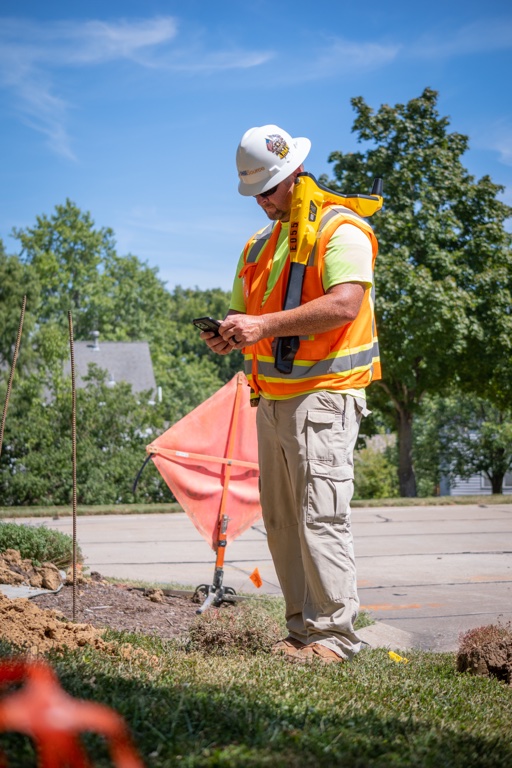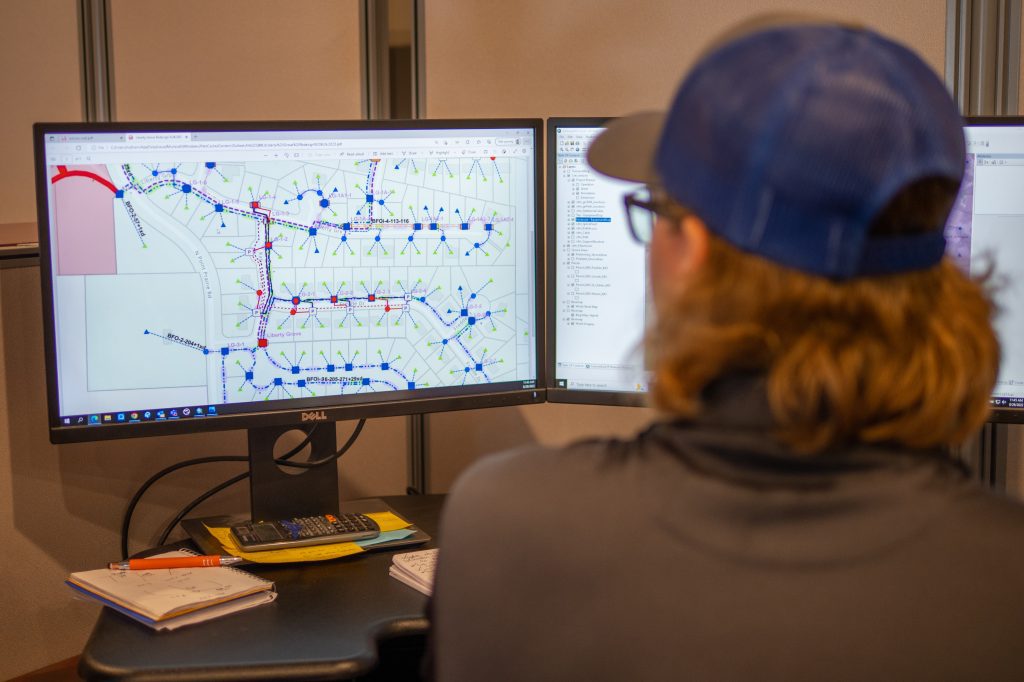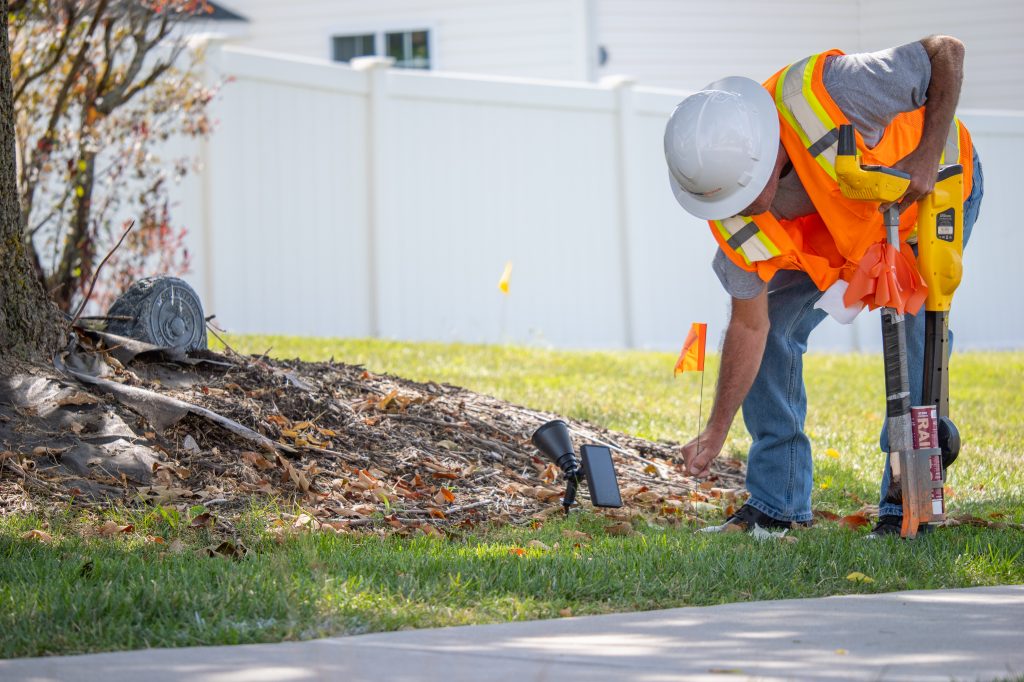In today’s fast-paced utility environment, clear and efficient network infrastructure design is no longer optional. From smart grids to underground utilities, the way a network is built directly affects reliability, data flow, and future scalability. Municipalities, utilities, and engineering firms that invest in smart design upfront see fewer delays, lower costs, and safer field operations.
What Is Network Infrastructure Design?
Network infrastructure design refers to the planning and layout of the physical and digital systems that support communication and data exchange across a utility network. This includes everything from underground fiber optic cables to GIS-integrated asset tracking systems.
For cities and utility providers, this means designing a system that supports electric, gas, water, and telecom services in an organized, efficient, and scalable way. Good design accounts for real-world conditions like terrain, weather, existing utility lines, and future demand for bandwidth or power.
Key Components of Network Infrastructure in Utilities
When it comes to building utility networks, some common components of a well-designed system include:
- Underground fiber and copper lines for communication
- Power lines (overhead and buried)
- Data hubs and control centers
- Substations, valves, and access points
- Smart sensors and monitoring systems
- Redundant pathways for high-reliability areas
These parts must work together seamlessly, which requires accurate planning from the start. A missed connection or misaligned pathway can lead to expensive rework, service interruptions, or even safety risks in the field.
How Infrastructure Design Impacts Utility Projects
The design phase sets the tone for the entire utility project. Poorly mapped or rushed plans often lead to issues during construction or maintenance. Utilities with outdated or piecemeal designs also struggle with data integration, troubleshooting, and long-term upgrades.
Modern infrastructure planning uses tools like CAD software, GIS mapping, and digital twin technology to simulate layouts before any ground is broken. This helps project managers:
- Identify conflicts with existing utilities
- Account for high-traffic areas or regulatory zones
- Choose the best materials for the environment
- Ensure future scalability for population growth or new tech
- Improve team collaboration during construction
How Utilisource Supports Infrastructure Planning
Utilisource offers end-to-end support for network infrastructure design, from the planning stage through to implementation and long-term maintenance. Our team uses advanced GIS tools and utility mapping systems to help cities, engineers, and utility providers build smarter networks.
We assess existing infrastructure, analyze environmental factors, and guide project teams in selecting materials and pathways that reduce long-term risk. Our services reduce change orders, avoid utility strikes, and improve data sharing across departments.
With Utilisource’s help, utility managers can better coordinate across water, gas, power, and telecom divisions—ensuring that no one is left digging blind or relying on outdated maps.
Planning for the Future
Whether you’re upgrading a city’s water network or laying the foundation for a fiber-optic rollout, strong network infrastructure design gives your project a better chance at long-term success. With the right partner, you’ll not only save time and money, but also create a more efficient, resilient system for years to come.







